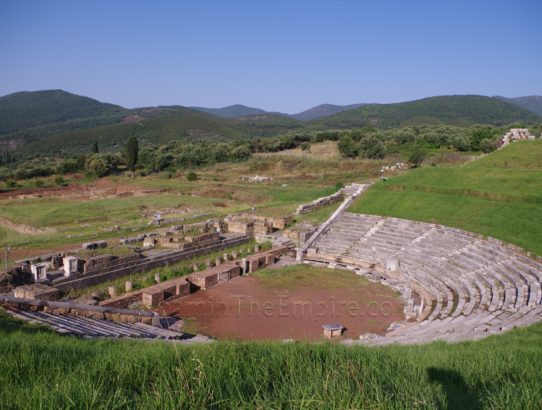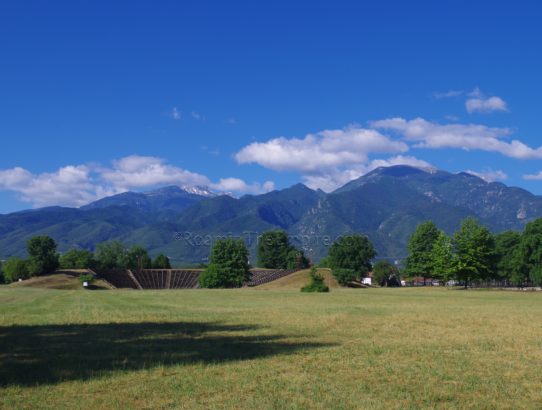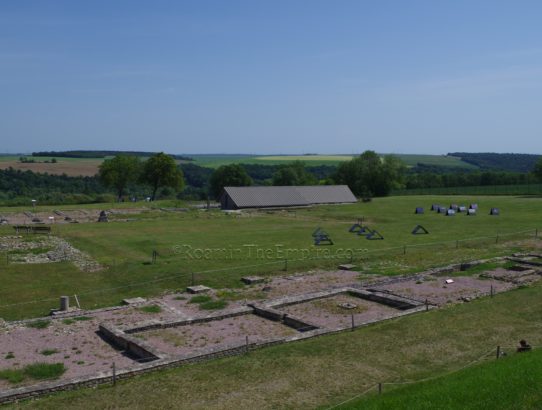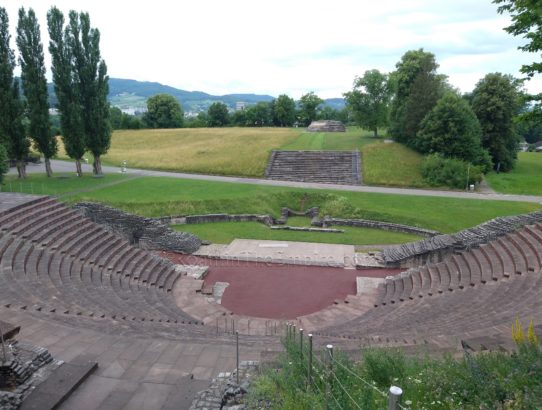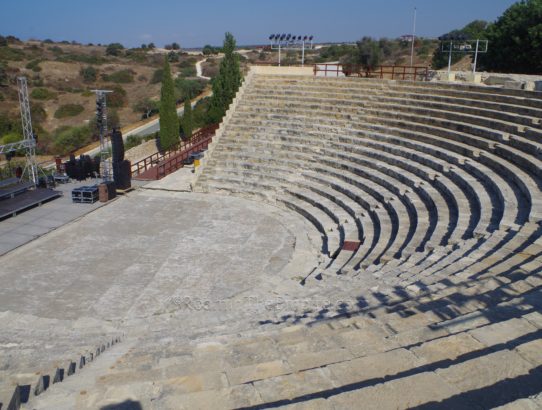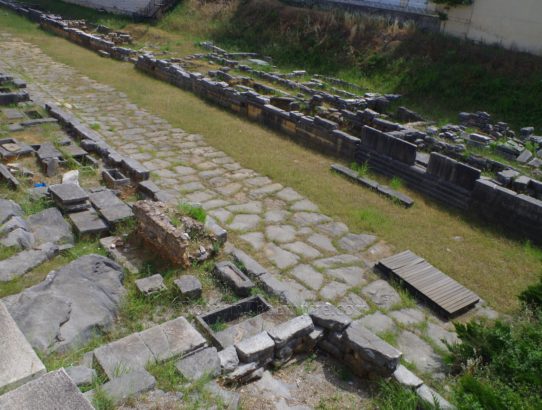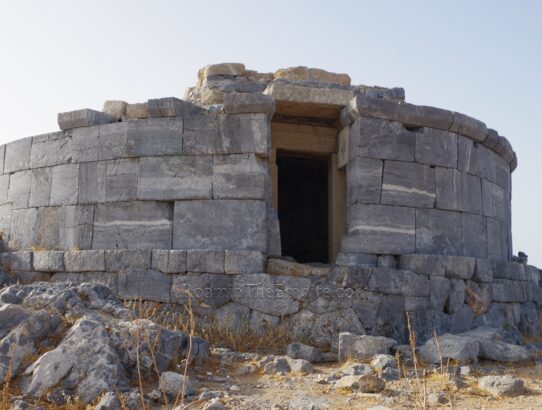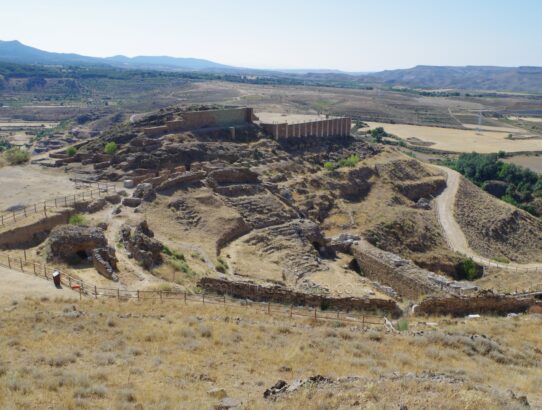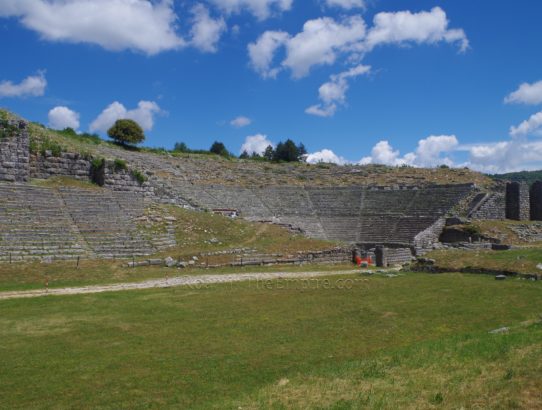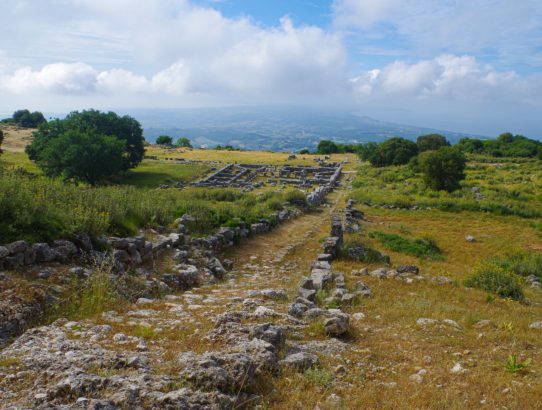Messene, Achaea – Part II
Continued From Messene, Achaea – Part II Taking one of the staircases from the Theater Quarter leads up into an area above the summa cavea/epitheatron of the theater. Conversely, one can walk back out to the main area and around this retaining wall to access the theater area as well. The theater seems to have…
Read More


